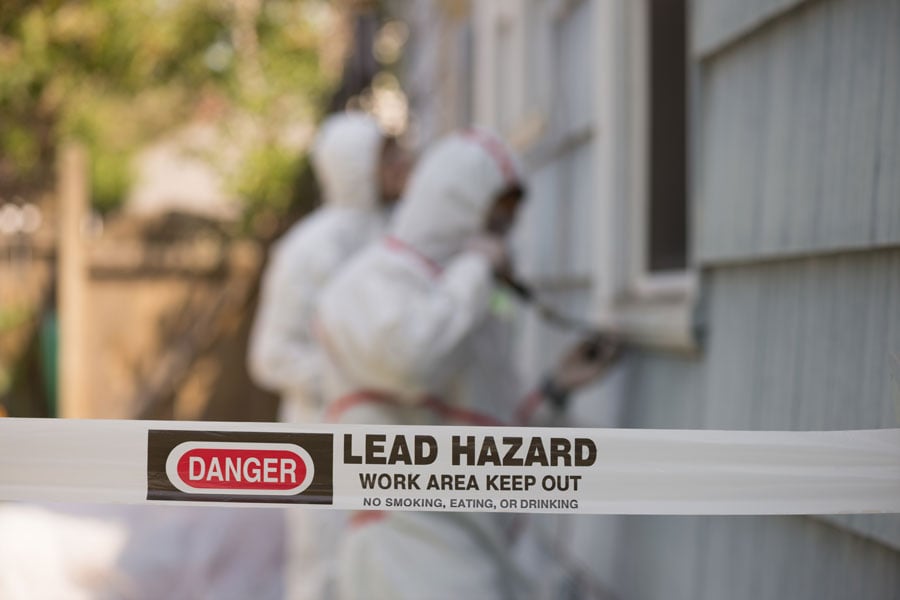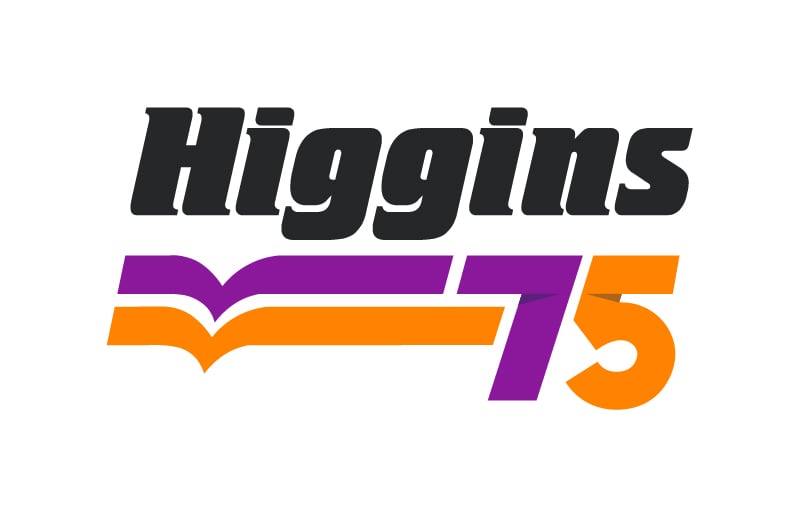
So, you've discovered lead paint in your commercial property. What are your next steps? In this blog, we'll explain how to treat lead paint safely and effectively. But first, let's rewind for a moment.
Before 1970, lead paint was commonly used in Australia. There are millions of buildings built pre-1970 and the vast majority of these contain lead paint. Exposure to even small amounts of lead paint dust or chips is a serious health risk.
After 1970 the amount of lead allowed in paint dropped to 1% (as opposed to 50% pre-1970), which is still a significant amount of lead. Over the years, this figure has fallen to the current 0.1% or 0.2% for zinc-based paints. This minuscule percentage is considered a trace amount and not hazardous to health.
Common lead paint hotspots
Lead paint is most likely to be found on doors, skirting boards, window frames, cupboards, exterior walls, gutters, fascias and other surfaces. Interior walls, ceilings and areas coated with enamel (like balustrades) can also be affected. Both pink and red primer also contained lead pre-1970.
Lead paint is dangerous when disturbed and shouldn't be removed or treated by anyone aside from a professional. Paint dust, flakes and fumes disturbed by normal wear and tear or by removal processes like sanding are significant contributors to lead poisoning.
The common symptoms of lead poisoning
Common symptoms of lead poisoning include:
- loss of appetite
- abdominal cramps and constipation
- nausea
- vomiting
- headaches
- fatigue
- confusion
- irritability
- fitting
- muscle weakness or paralysis
Lead poisoning is dangerous and should be treated with the utmost caution. If you suspect that you or someone you know has been exposed to lead, visit a doctor for further advice.
Why lead paint is hazardous to remove
Lead paint in good condition and undisturbed is fine. But when removed or treated, it becomes hazardous. Removal is usually undertaken by blasting, burning, dry scraping, dry sanding or using power tools. These steps create small particles which can then be inhaled by those close by. Particles can also land on flooring, furnishings or other nearby surfaces, where they can later be disturbed and inhaled. Complete removal is difficult and dangerous, so how do you treat lead paint safely?
How to treat lead paint
Removing lead paint is not a DIY job; it's best to call in the professionals. The removal process is complicated and can pose serious risks if it’s not done using the right methods and safety equipment. The proper disposal of contaminated waste is also important to ensure complete removal. If lead paint is poorly removed or cleaned up, traces can be left behind in building structures or in the soil, leading to danger down the line.
An Australian Standard was written solely on how to treat lead paint and safely manage its removal. A professional painting contractor will be aware of this, have a wealth of paint care knowledge and put processes in place which fulfil the Standard obligations.
Higgins lead abatement service is a process of safely reducing lead paint hazards. Depending on the project, this includes paint removal or encapsulation, whereby hazardous coatings are sealed with specialised coatings.
Lead paint removal or treatment isn't the time to cut corners, so make sure you know how to spot red flags, understand your WHS obligations and the other essentials needed for commercial facilities management.
Whether you're already working with a painting and maintenance contractor, or you're in the process of sourcing providers, our essential guide to WHS contractor management will help you meet Australian industry regulations and ensure site safety. Download it today.
Higgins Coatings is Australia's premier commercial painting contractor with over 70 years of experience in providing cost-effective painting and tailored maintenance solutions to a broad range of industries including hospitals, aged care, schools, and strata. If you need quality painting services delivered on time and within budget, contact us today for a consultation.

